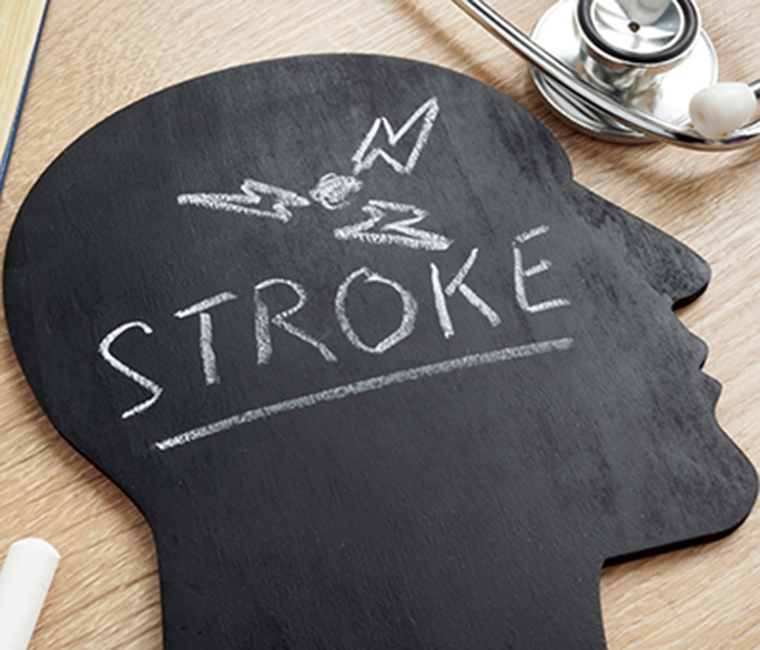Sudden facial droop? Slurred speech? It is important to know the signs you or someone you know might be having a stroke — because there is no statement more accurate than “time is brain”. The sooner you get medical attention, the better the chances are for recovery.
According to Washington University neurosurgeon Joshua Osbun, MD, “Nearly 800,000 people in the U.S. experience a stroke every year. It is the fifth leading cause of death and the leading cause of long-term disability.”
FAST, is the easiest was to remember the sudden signs of an acute stroke:
Facial droop or numbness on one side
Arm weakness
Slurred speech or the inability to speak and get out your words
Time to call 911
Dr. Osbun adds, “Other stroke symptoms may include: confusion; difficulty seeing or walking; and severe headache. Most patients know that when one or more of these symptoms comes on suddenly, something is really wrong. We have very effective treatments now and we no longer have to accept the natural course of the disease.
I would certainly want to educate the public to be familiar with the symptoms of a stroke, and to call 911 and seek medical attention as soon as possible. Oftentimes, the patients themselves are not in a position to call 911, but if family and friends recognize the stroke symptoms, they can make the call for help.”
The effect of coming in too late is the same in many respects as not coming in at all. When patients come in too late, they may no longer be candidates for treatments that they would have qualified for just hours before. And as a result, they may not have access to treatments that are extremely effective in reducing death and disability.
TWO TYPES OF STROKES
There are two types of strokes. The majority, or 90%, of strokes are ischemic strokes. This is when a blood vessel that has an embolus (a foreign body such as blood clots or air bubbles) travels from another part of the body into the brain and causes a spontaneous blockage of a brain blood vessel. This blockage stops the blood flow to the brain.
About 10% of strokes are hemorrhagic strokes. These are a result of bleeding or a burst blood vessel in the brain.
Dr. Osbun explains one of the newest developments in ischemic stroke treatment, “There is now a device that can retrieve blood clots in the brain that are causing a stroke. If someone suffering from an acute stroke receives medical attention within six to eight hours of the onset of his or her symptoms, the surgeon can retrieve the clot, re-perfuse the blood vessels and reverse the effects of a stroke in a matter of seconds.
These interventions allow our patients to return to normal function following an ischemic stroke that just a few years ago would have had a debilitating effect on their quality of life.”
Other advances in stroke care include better diagnostic tools and clot-busting drugs. These advances give people a better chance of recovering from a stroke today than ever before – as long as they receive treatment promptly. The earlier the treatment is started, the more successful it is likely to be.
Please call 314-362-3577 for more information or to make an appointment with Dr. Osbun.
Neuroscience Center
Center for Advanced Medicine
4921 Parkview Place
St. Louis, MO 63110
